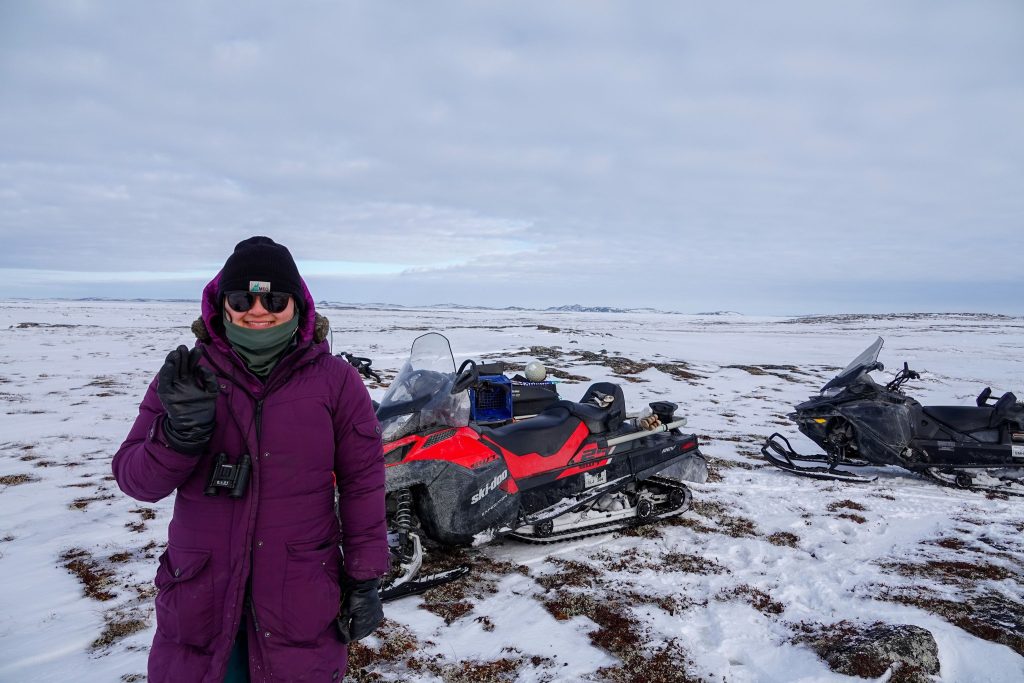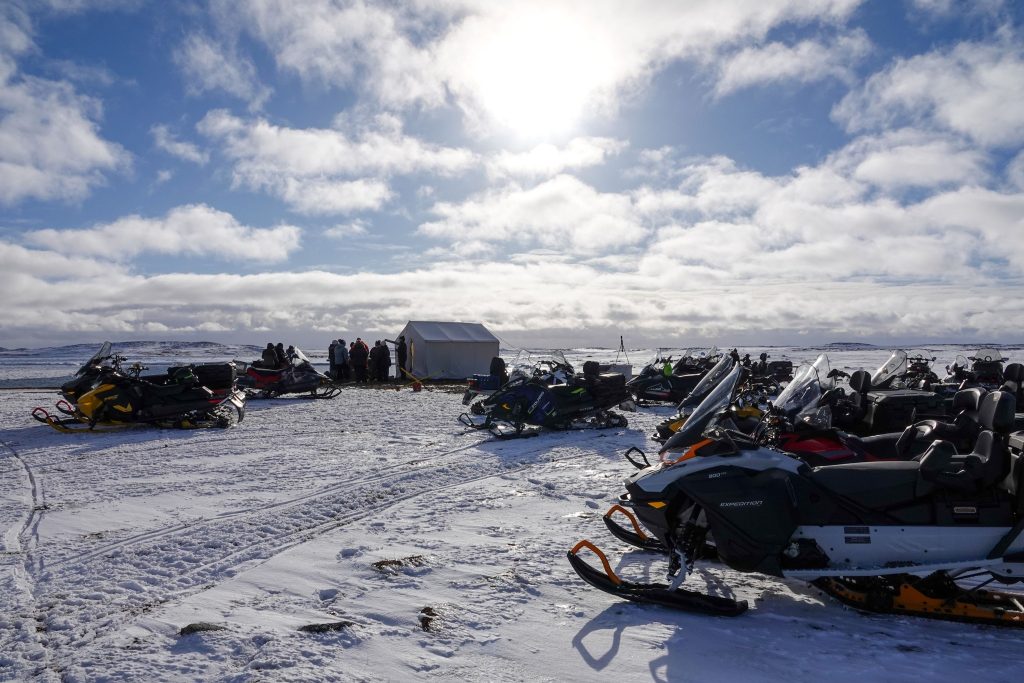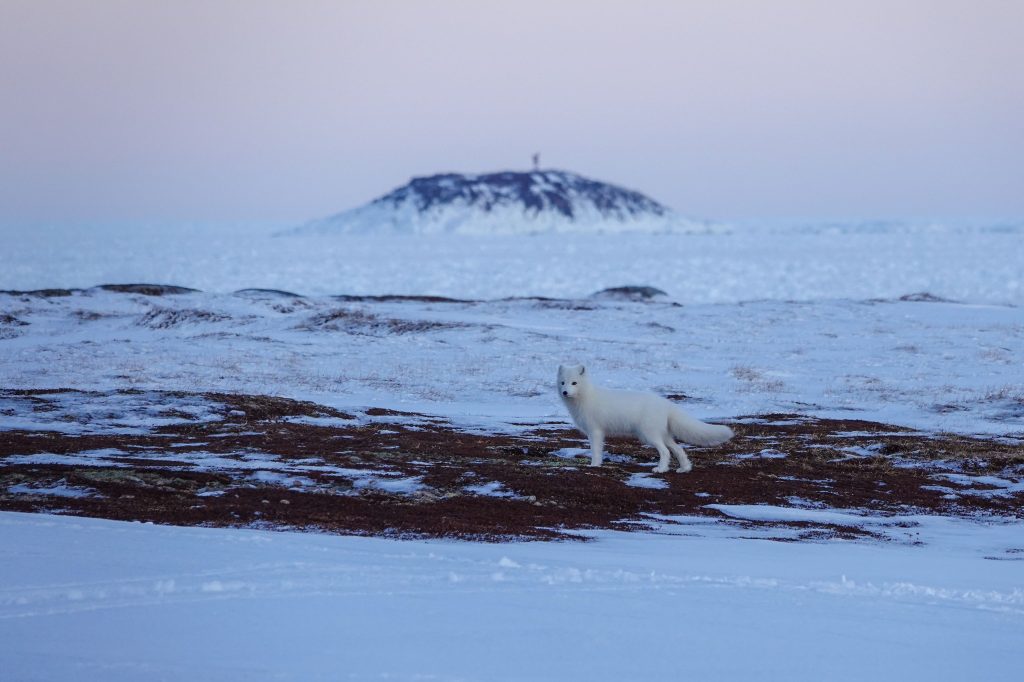
Hi, I’m Yifeng Wang! I study geography at Queen’s University. This past year, I’ve been busy in the permafrost peatlands of Newfoundland and Labrador, where herds of caribou roam. In the peatlands, thick layers of decaying plants called peat help the ground stay frozen. Lichen and plants that caribou love to eat grow all over the peatlands.
But because of climate change, caribou are having a harder time finding food to eat and places to live. I’ve been studying the ways that the permafrost is changing so that we can figure out how to protect caribou for generations to come.
This past year, Earth Rangers across Canada adopted nearly 150 caribou! I really appreciate your support. It makes me so happy to know that there are so many young people out there who are invested in the conservation of permafrost peatlands as critical habitat for caribou. You’ve made a tremendous contribution to my work! Here’s everything that I’ve been able to accomplish because of your adoptions.

Too Many Shrubs, Too Much Snow!
This past year has been very busy. I’ve been working with the data I collected from my study sites last summer. It helps us understand the condition of the permafrost. We are using the data to predict how the permafrost might respond to climate warming, shrub growth, and snow trapping. As the climate warms, shrubs are growing taller. They’re spreading into areas that used to be shrub-free. As the shrubs grow taller, they trap snow, which insulates and warms the ground. This ultimately makes the permafrost thaw, which means that caribou have less access to food and water. I’m using my data to predict how much the permafrost will change because of the increase in shrubs and snow.

Caribou in the Community
This winter, I went back to coastal Labrador to visit Cartwright and Black Tickle, two of the communities that we work in. I made sure that all of our weather stations were in tip-top shape. During my visits, I set up tents so that people in the communities could drop by, say hi, and chat with me about climate change and wildlife research. These events were really fun! In Cartwright, a caribou trotted right past our tent! In Black Tickle, the smell of hot dogs attracted a curious little arctic fox. And during my travels on the Island of Ponds, where Black Tickle is located, we saw several herds of caribou, all pawing away at the snow and snacking on lichen. It was great to see so many caribou out and about near Cartwright and Black Tickle!
Thanks to your adoptions, I’ll get to throw even more fun community events this summer! I plan to bring members of the community out by speedboat to pick bakeapples–a very culturally important berry, also known as liquid gold! It can be hard to pick bakeapples, especially because of rising fuel costs and thawing permafrost. I’m grateful that your support is giving me more time to practical traditional activities like berry-picking with members of the community in coastal Labrador. Working with these communities makes it easier for us to come up with innovative solutions to climate change and protect the permafrost peatlands.

What Can We Do Now?
This year’s caribou adoption project might be over, but there are still lots of ways to support animal conservation in our day-to-day lives. I think that becoming an Earth Ranger is a great way to start! The foundation of conservation is respecting the land. When you talk about conservation with friends, family, and other Earth Rangers, when you read books about animals and the environment, and when you spend time outdoors connecting with nature, you’re building that kind of respect in important ways.
Thanks again for supporting my research and adopting caribou! Stay tuned on the Wild Wire blog to learn about even more ways to protect animals in Canada’s beautiful Arctic Circle.



I adopted a caribou! My brother tried to steal it
Cool
Interesting
I got Caribou for my birthday
Wow